I remember the first time Richard and I were looking to purchase some hardwood and just how daunting the whole thing was. We’d been lucky enough prior to use material supplied by Richard’s Dad but on this occasion we needed to step out on our own. I was working elsewhere at the time but I still always got involved with Richard’s furniture designs and this time it was a large oak dining table.
Unlike with softwoods we couldn’t just pop in to a DIY shop, instead it was the much more commercial world of the timber merchants which was rather confusing to say the least.
Since that first oak order we’ve bought tonnes of hardwood; both small orders for an item of furniture to an abundance of ash for workbenches and this has given me chance to learn a thing or two about the process.
I received an email this morning asking advice about sourcing hardwoods and reading through it reminded me just how difficult it can be. I’m putting together a few posts to provide some simple advice on this subject and today it’s all about knowing what you are looking for.
Timber merchants vary considerably and some will suit your requirements better than others. One important thing to keep in mind is that many are aimed at serving a business customer with large requirements. This doesn’t mean they won’t be helpful to you but they may not seem overly grateful should you turn up looking for one very specifically figured board and expect them to get out the fork lift and move 20 trees worth of boards searching for it.
My advice would be to phone through to a timber merchants before heading out the door as this will help avoid wasting any time for yourself and the company. A short phone call will allow you to announce and arrange a time for your visit but perhaps more importantly will give you an opportunity to gauge how well that company is suited to your particular needs.
Be honest and clear about your requirements and if you don‘t understand the jargon then be honest about that too. If you’re able to ask the right questions then by the end of the conversation you should know whether that particular company is able to supply it, and if they can’t then it’s time to look elsewhere.
Try to consider the following points when thinking about a hardwood order:
Species – If you know what species you are looking for then check if it’s available. If you don’t know then it may be worth asking some advice, let them know the potential use and other details you’re sure of such as colour.
Origin – If you’re eager to buy home grown timbers then check this as well. If you simply ask for oak then it could come from any number of countries.
Drying Method – Air dried timber is more easily worked by hand though it will have a higher moisture content than kiln dried timbers. It will be important to know how the timber has been dried before buying it.
Grade – All timber is graded according to its quality. The higher grades will be clearer with less large knots. Some grades are prized for being full of character. If you have a particular need then its worth asking about.
Dimensions – When buying rough sawn hardwood boards it can be difficult to specify the exact dimensions that you require though you will be specific on the thickness. Larger thickness such as 3” or 4” aren’t always available so check if you need these and if they aren’t available are you happy to laminate?
Machining – Many suppliers will have the means to machine timber for you. If you aren’t able to do this yourself then its worth enquiring about. You’ll pay a premium but it could save you a lot of time and machinery costs.
Quantity – Working out the quantity you need deserves a post of its own but for now you could check if the company has a minimum order quantity.
Cost – Again I will go in to this in more detail later. If you’re planning to compare prices then a cost per cubic foot or metre will usually be provided for rough cut timber. On machined timber a cost per foot / metre length is normal. Don’t forget that prices are often provided without the VAT included from commercial suppliers.
Delivery – If you can’t transport the timber yourself then check if they can deliver for you. There may be a minimum order quantity required and only certain postcodes covered.
Please bear in mind it may be difficult to learn everything you need from one phone call, some companies will have a receptionist who isn’t familiar with all of the details. Don’t dismiss a company for this as you should be able to arrange to speak with a member of the sales team.
Hardwood buying is a lengthy subject so it’s something we’ll come back to now and again to delve in to the deeper details. I’ve written this for the perspective of someone who’s new to buying hardwoods as those of you who are more experienced will no doubt have your own approach already.

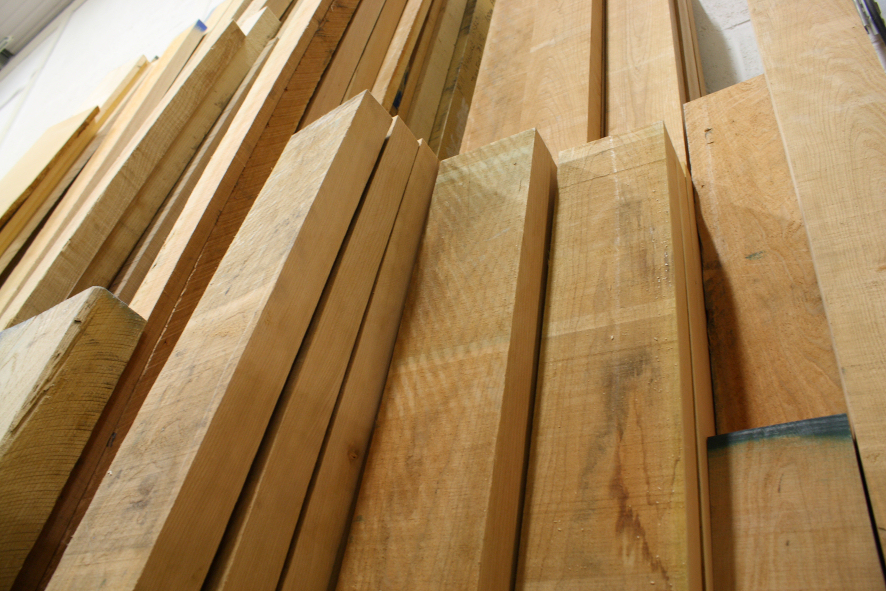
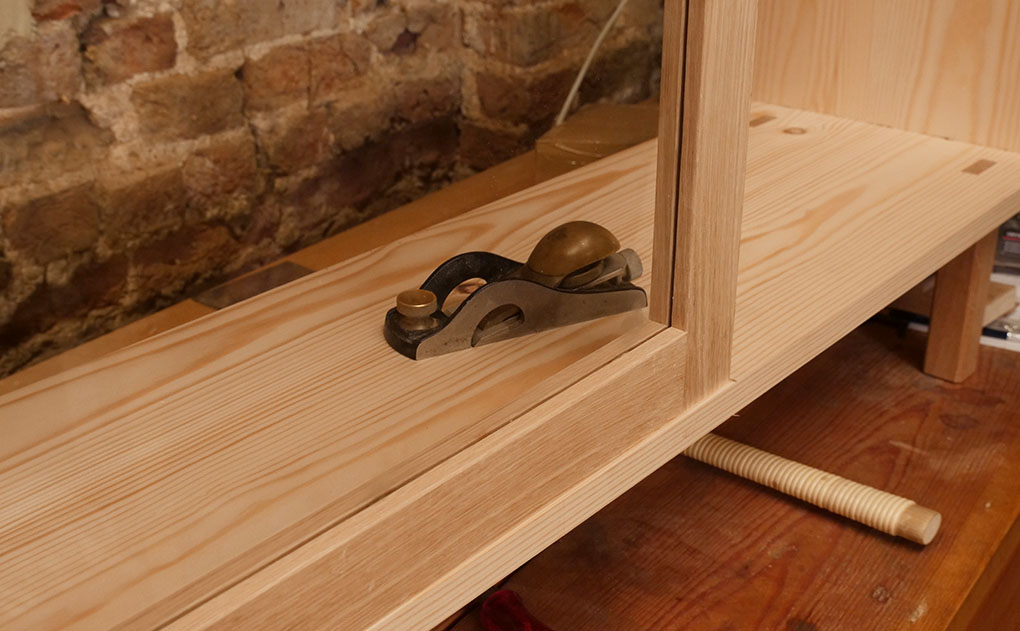
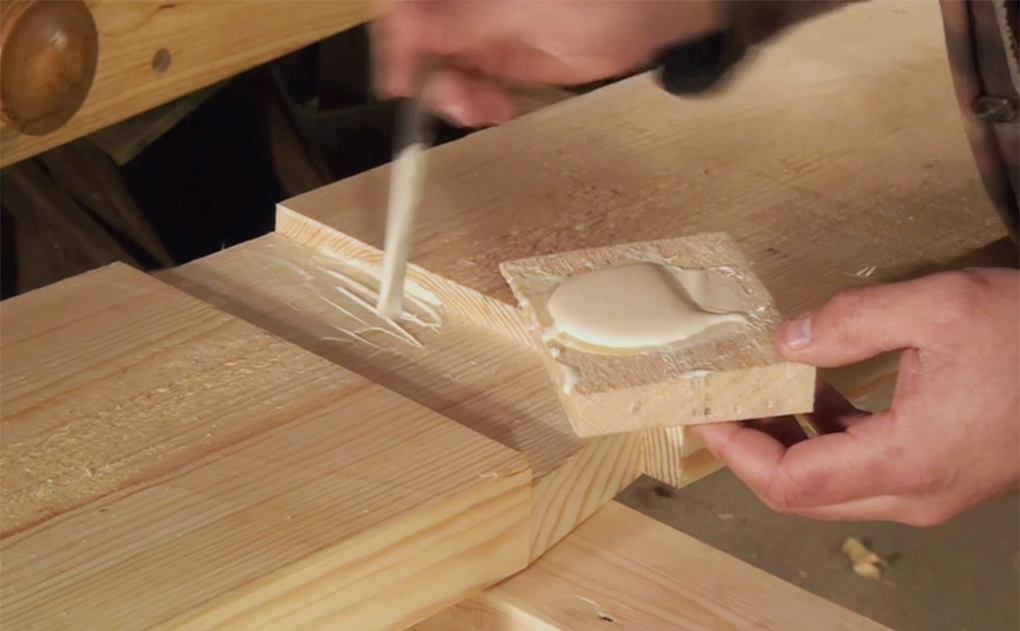
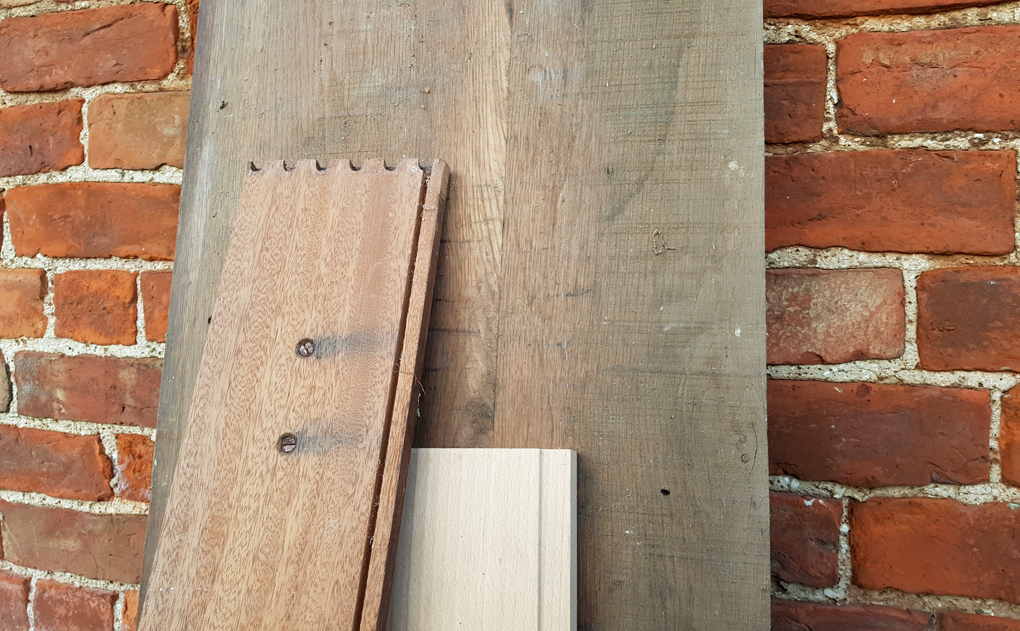
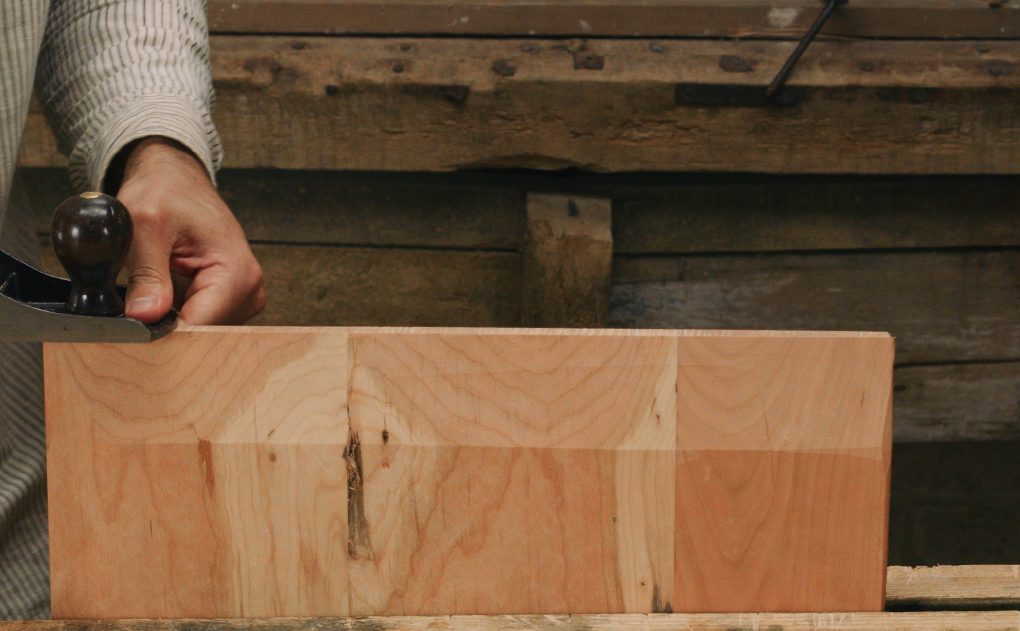
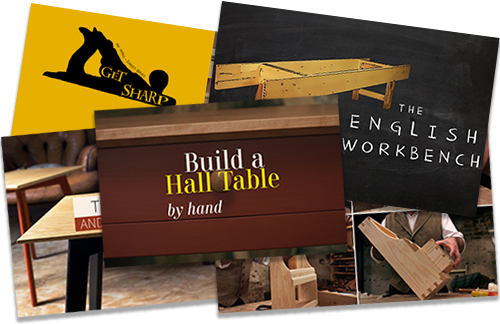
thank you very much Helen for a very informative article, it covered quite a bit of area as to purchasing lumber , or should i say timbers…i really do enjoy what you and Richard provide to the wood working community and thank you for it
Thanks Bob, its great to know you’ve found this of interest. We’ll let you say lumber…that’s fine, a good majority of our readers would call it the same 😉
Out of interest when we talk of 3″ thick boards does that sound as strange to you as 12/4 would sound to us?
3″ thick is pretty easily understood. But I still have the hardest time trying to figure out how much lumber I need in cubic meters, as opposed to board feet, which is great for hobbyists.
Thanks Brian, working out the quanities required can be really tricky as like you say it’s often sold by volume rather than lengths. My next post on the subject will try to unravel some of the confusion with this so I hope that will be of some help to you.
Thanks Helen, for someone like me, that uses softwood, and would like to move into hardwood this is a great post. Great job.
Ken 😉
Hi Ken, I hope you’ll find it all useful if you’re going to be delving in to the hardwood world any time soon. It really can feel quite alien at first but don‘t let that put you off!
Thanks, Helen
Buying good timber really is a skill not covered enough. About a year ago, wanting a change from builder’s merchant pine and ‘mahogany’ I bought some english oak for a project over the phone. Three hundred pounds for what might end up as fire wood – I could buy a Lee-Nielsen plane for that! But it was the best thing I ever did for my hobby. Working it was a joy and it rekindled my love for woodworking. I know the complementary comments for the table and bookcase I built with it are in large part due to the amazing natural figure and grain. Now it is used I am hoping you will help me with the confidence to venture into a real timber merchants.
Thanks Andrew, the cost alone can definitely be off putting but this is a lovely example of it paying off. I’ve more to cover on this subject yet so I think you’ll be more than ready for that timber merchants soon!
Just a note here to Andrew G,
You will find you get a much better deal on buying timber,especially those like Oak and Ash,by going to a local saw mill,you will be dealing with a person that knows what he is talking about,get a better price (cut out the middle man) and not have to deal with a spotty individual that probably does not know(or care) about the difference between Oak and Chestnut.
Chris,
France.
Helen, I happened upon your article while looking up some information about a wood-worker. I am opening a wood/lumber store in Casper, Wyoming. Wood-working has been my occupation for over 10 years. It was difficult and expensive to purchase hardwood lumber in Casper so I called logging friends and sawmills and brought my own wood in. That turned into a business. I purchase volume (less expensive to buy a full truck load and piece it out) which allows me to sell the lumber at a very reasonable price. We also log much of our lumber and have it solar kilned, air-dried, or other drying methods. My company name is Wyoming Wood ‘N Works. Hopefully honesty, a truly good price on lumber, and a guy who loves to look at and work every piece of wood will help wood workers enjoy going to a lumber store to get wood. Thank you for the article.
John Dierenfeldt/ Owner of Wyoming Wood ‘N Works
I’m looking at getting a quantity of English oak for myself and also to sell onto other woodworkers in the UK at cost price so have been doing a lot of conversions lately. I just wanted to share something on here as it doesn’t seem common knowledge. Google can do most of the unit conversions for you if you know what to enter. Put these into Google and you’ll see what I mean:
1m^3 in ft^3
1m^3 in board feet
10ft^3 in board feet
George.
Hi, I just came across this post as I was searching for good advice when working with hardwood. One of the issues you mentioned was the drying method. Regardless of the drying method it is imperative for woodworkers to be certain that the wood has acclimated to its environment before beginning to mold it into furniture. Many times we see beautiful chairs, tables, and dressers with cracks in them simply because before the furniture was crafted the wood had not acclimated to the correct moisture content for the end location of the furniture.
The best way to know if the wood is at the correct MC is to use an accurate wood moisture meter. If you have the free Wood H2O App, a good thermo-hygrometer, and know the species of the wood you can calculate what the MC should be.
Wagner Meters can provide you the tools, and the customer service team can walk you through any of the scenarios you may be experiencing.
If you have any further questions we’re here: 800-634-9961
I agree with you that you should contact multiple merchants before you pick one. That way, you can get a good idea of the type of timber they supply as well as how they go about doing business. Like you said, you should also be clear on what you need and make sure to explain everything!
Thanks so much for sharing this advice on buying the right timber! I have to agree that the difference between hardwood, and something soft like plywood is pretty huge. It’s also really nice that you included a point on asking about the grade of the material. A lot of people don’t know that you can control how many knots will be in your wood. However, the grade of the wood can really affect how smoothly your project goes— if you are looking for a sleek look, you don’t want to be dealing with a low grade of wood.
Hi, I’m kind of new in this field and I’m planning of supplying wood/lumber. Thanks
Thank you for all this great information about choosing timber! One thing that really stood out to me is that you say to make sure that the higher grades are kiln dried. I know that I would want to make sure that they aren’t going to be ruined while drying.
I appreciate you mentioning to note the drying method. I would have thought that the difference wasn’t so great, but since my brother will be working on this by hand, then air dried is the best way to go. I will be making sure to purchase that type of wood for him. Thank you for your advice.